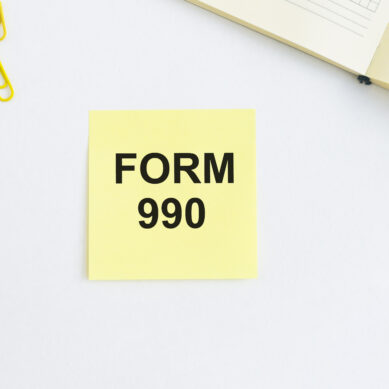Have you ever been out to dinner with a friend, and after finishing off a leafy green salad, your friend turns to you with a wide grimace showing off their teeth and asks, “Do I have anything stuck in my teeth?” You notice a little piece of spinach stuck right in the middle of their smile. Do you tell them?
They’ll be so embarrassed if you say “yes.” You decide to do the nice thing and say, “You look great!” You’re not lying. They do look great even with the green stuck in their teeth. Your friend goes home, and as they brush their teeth getting ready for bed notice that sneaky piece of green.
They remember your comment. “Well, that wasn’t very kind,” they think. Often being nice is doing something because it will save you from discomfort and make you feel better. This is not the same as being kind.
Intention matters
Just like there is a difference between being nice and being kind, in the world of accessibility there is a difference between complying and conforming. It would be a nice gesture to apply an accessibility overlay to your website. You’re adding a tool that makes you appear to be an accessibility ally.
But did you put in the work to truly make your site accessible? What were your intentions when applying this accessibility feature? Was it meant to make you feel better? To protect yourself from legal action? Or are you truly caring for your members who rely on accessibility features to enjoy your site?
Picture an exit sign that also includes “exit” in braille. But this exit sign is high above the exit door. The person needing to use braille won’t be able to reach it to read it. The sign is readable by a person who is blind, but it’s not usable by a person who is blind. The application of this accessibility feature is missing intention. It’s missing the kind element. It’s compliant, but it’s not conforming.’
Usability is the differentiator
A great resource for making your site accessible is the Web Content Accessibility Guidelines (WCAG) published by the World Wide Web Consortium (W3C). In the world of accessibility, following WCAG will make your website compliant, but it doesn’t automatically make your website conforming.
As an accessibility ally, your goal should always be conforming. The step up from complying to conforming is usability. It takes more than just running through a checklist to make a website usable for visitors with accessibility needs to get there. It takes thought, consideration, and kindness.
When you intentionally apply practices that will make your website usable by people of all abilities, you aren’t just complying; you are conforming. You aren’t just being nice; you are being kind.
Knowing the difference in practical application
You might add a collection of pretty images to your website to attract interest and make it look more appealing. If a blind visitor is coming to your website to research CD specials, they don’t want to listen to the description of all the decorative images on your page in their search for your rates.
In this case, adding alt text to all these images, although it may be WCAG compliant, is going to be a hurdle and a burden for screen reader users. The kind and conforming alternative would be to leave the alt tags blank, indicating that the images are purely decorative. This signals to the screen reader not to announce the decorative alt text, eliminating distracting content keeping your visitor from finding the information they are looking for.
Using tables to organize information is compliant and can at times be a great way to present information when appropriate table headers are applied. However, if the table is just being used to format content and make it look nice, it can make the table content sound nonsensical to screen reader users. Applying CSS to format your content is the conforming option for presenting information in both an attractive and accessible way.
Limiting the use of headings on your site generally won’t get you dinged by accessibility scanners. You can be in compliance with only one level 1 heading on each of your pages. However, using a heading structure with several multi-level headings to highlight what information is being presented on a page is a conforming way to help screen reader users quickly find what they are looking for.
In all these instances, most automated scanners won’t alert you to potential accessibility barriers, because they don’t go against WCAG. However, a manual review will show that these methods create hardship for visitors with accessibility needs.
Understanding goes a long way
Complying with Accessibility Guidelines can be a struggle. In fact, it’s not always possible to fully comply. This can be the case when plugins or third-party code are involved. But we can always do our best to conform and have all our members’ best interest at heart. We can do that by showing kindness and concern for the community.
Put yourself in your members’ shoes and try out a screen reader. Listen to your website to get an understanding of how it feels to be searching for specific information on your page and only be able to do so by hearing the content that has been made available to you. This can be eye-opening. You may discover areas that comply but don’t conform.
Put members first, always
It’s been 25 years since the Web Content Accessibility guidelines made their debut. The Americans with Disabilities Act was introduced 34 years ago. The Department of Justice appears to be moving in the direction of requiring websites to adhere to the ADA. Businesses are getting on board that they need to make their websites comply with ADA.
But isn’t it time to shift that mindset? Shouldn’t we be wanting to make these accessibility improvements because it’s the right thing to do and not because we are told to? This is an opportunity to show kindness to all our members.
While I’ll leave it up to you to let them know when they have spinach in their teeth, I encourage you to put serious thought into how to present helpful information in a way that is beneficial to all of them.






















































